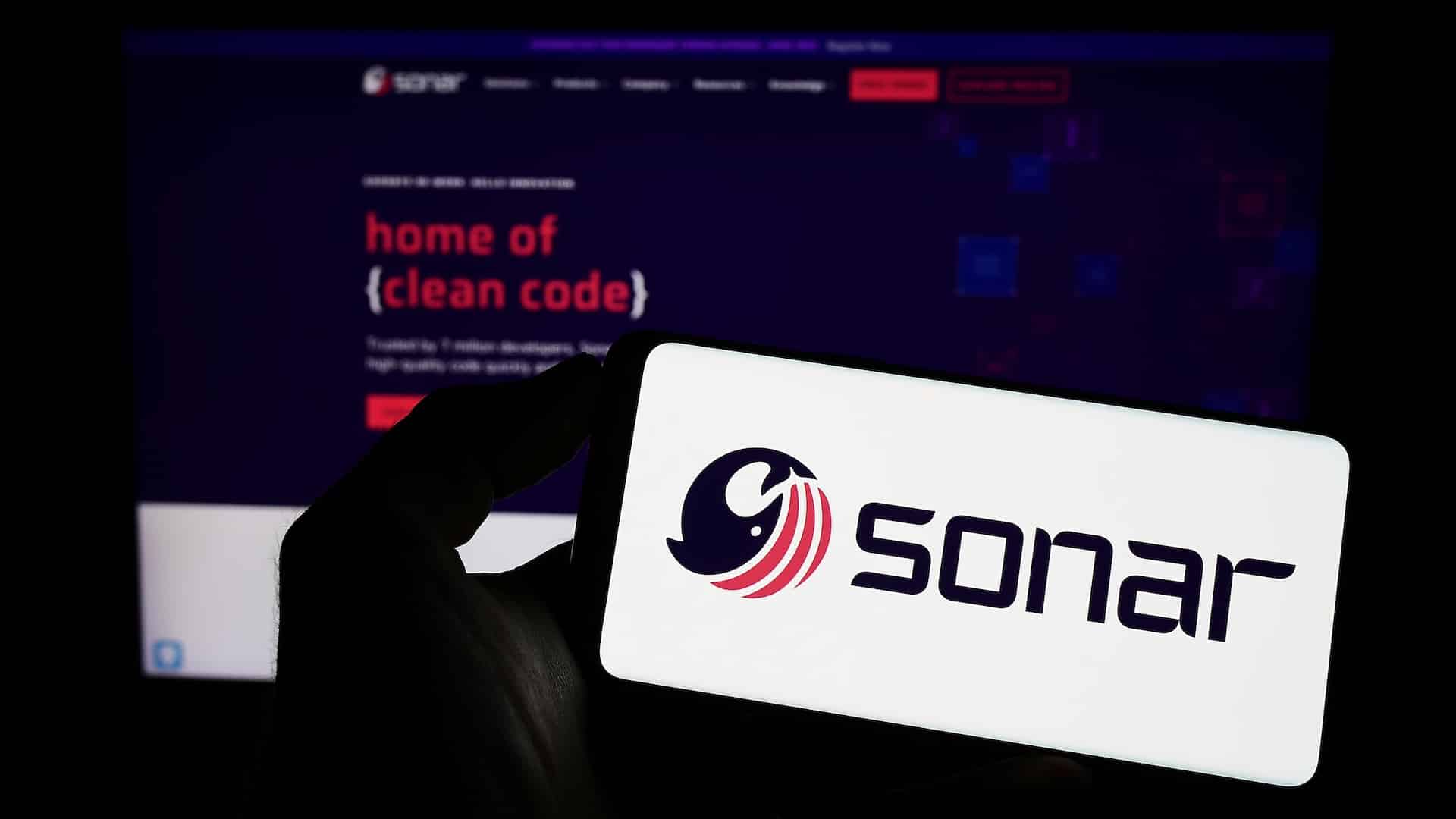Integration testing is an essential stage in software development. We explain why and how.
What is an integration test?
The aim of integration testing is to ensure that software components function correctly once they have been integrated, making sure that the product meets expectations. It tests the compatibility of modules once they have been combined with each other. Integration testing is therefore key to ensure that the entire system has been tuned to specifications and will operate consistently.
Integration testing evaluates the interaction between components. This is different from unit testing, which checks that each component functions correctly on its own: integration and unit tests are therefore complementary processes.
The importance of integration testing
When developing applications, it is often the case that various software modules are developed separately by different teams. Integration tests help to ensure the coherence of the completed whole, even if the work has been segmented and performed by several teams. They ensure that the modules interact correctly with each other and efficiently manage their interfaces.
Since errors can be quickly detected, integration testing forms a valuable and indispensable component of the software development process. Time and resources can be saved by preventing problems from being discovered too late in the development process.
What are the objectives of integration testing?
Below, are the 3 main objectives of integration testing.

Interface validation: ensures that interfaces between units/modules function correctly and guarantees smooth communication between them.

Identification of integration faults: quickly identify errors that occur when combining modules, such as compatibility or synchronisation problems.

Ensuring consistency: guarantee that the system functions correctly and is aligned with the specified requirements and needs.
What are the benefits of integration testing?
There are many advantages and they have already been noted earlier in this article. Here are the main ones:
- Early detection of problems: identify integration errors at an early stage of the software development process so that they can be rapidly rectified, thereby reducing long-term risks.
- Improved quality: integration testing helps to guarantee the consistency and reliability of the final application, which in turn will increase its quality and relevance. The result is a better user experience and greater customer satisfaction.
- Cost savings: by correcting major defects discovered during the development phase, integration testing can save both time and resources.

What tools are needed for integration testing?
This depends upon the type of integration test.
There are different ways of carrying out integration testing, each with its own advantages and disadvantages. Two main approaches are often used: the bottom-up approach and the top-down approach. Each of these approaches uses specific methods and tools.
- The bottom-up approach starts by testing low-level modules before integrating and testing higher-level modules. This method uses tools such as JUnit for unit testing and Mockito to simulate interactions between modules.
- By way of contrast, the top-down approach tests high-level modules first of all before then progressing to low-level modules. Tools such as Selenium for UI test automation and Postman for API testing are commonly used for this approach.
Each method has its own advantages. The bottom-up approach provides a solid foundation by testing simple units first, while the top-down approach allows interface problems to be detected earlier in the process.
Platforms and environments are decisive
There are a number of tools available to facilitate efficient integration testing. Depending on the platform and development environment, the tools will be different. In most cases, automated tests for Java include Selenium and JUnit, while NUnit is used for .NET. The testing process is automated by these tools to ensure complete system coverage.
Who carries out integration testing?
Typically, dedicated test teams work closely with developers to carry out integration testing. These teams are responsible for creating, performing and reviewing tests to ensure all application functionality is exhaustively tested.
Integration test examples
Depending on the complexity of the application and the interactions between modules, integration tests can take different forms to ensure that the overall system runs smoothly. Here are a few common examples.
- Database integration tests: these tests check that interactions between the application and the database are correctly managed. They ensure that SQL queries are executed efficiently and that transactions are consistent. A specific example might include validation of data insertion, update and deletion, as well as transaction management to ensure data integrity.
- API integration tests: these tests verify smooth communication between different application programming interfaces (APIs). They ensure that API requests are correctly formatted, that responses are handled appropriately and that any data exchanged between services remains valid. For example, we could test authentication via an API, the retrieval of specific data and error handling when an API is offline.
-
CMS (Content Management System) integration tests: these tests evaluate the construction and management of web pages via a CMS. They ensure that the addition of new content, such as articles or media, is error-free and that the layout is consistent with specifications. One such example could be a test to verify the correct integration of content components, such as titles, images and links, into a web page.
-
Workflow Integration Tests: these tests verify that the various states and transitions of a workflow or business process function as expected. For example, with an online order management system, we might test the entire process from order creation to delivery, ensuring that each step is correctly integrated. We would also confirm that notifications and validations are triggered at the appropriate times.
-
Third-party integration tests: these tests evaluate integration with external services, such as payment providers, Cloud services (like AWS or Azure), or third-party APIs. The aim is to ensure that the application communicates correctly with these external services, that data is exchanged securely and reliably and that connection or compatibility errors are handled effectively.
What's the difference between unit testing and integration testing?
The main differences between unit testing and integration testing can be found in terms of scope and purpose. Unit tests ensure that individual elements function correctly, while integration testing, on the other hand, assesses how these elements interact to form a complete, operational system.
In other words, unit testing verifies that the component is functional and integration testing verifies that these components communicate fluidly with each other.
Discover Qim info's approach to integration testing
In a nutshell, integration testing is necessary to ensure that the final application is consistent, stable and reliable in the software development process. By adopting a systematic, quality-driven approach to integration testing, organisations can reduce risk, increase customer satisfaction and guarantee the long-term success of their software projects.
Qim info can be your partner for integration testing – we will use a rigorous, methodical approach that combines advanced testing techniques with solid technical expertise. We aim to ensure the quality and reliability of your software applications by identifying and resolving integration issues early in the development process. Ensure the reliability, performance and stability of your applications by discussing your projects with our Center of Expertise!








